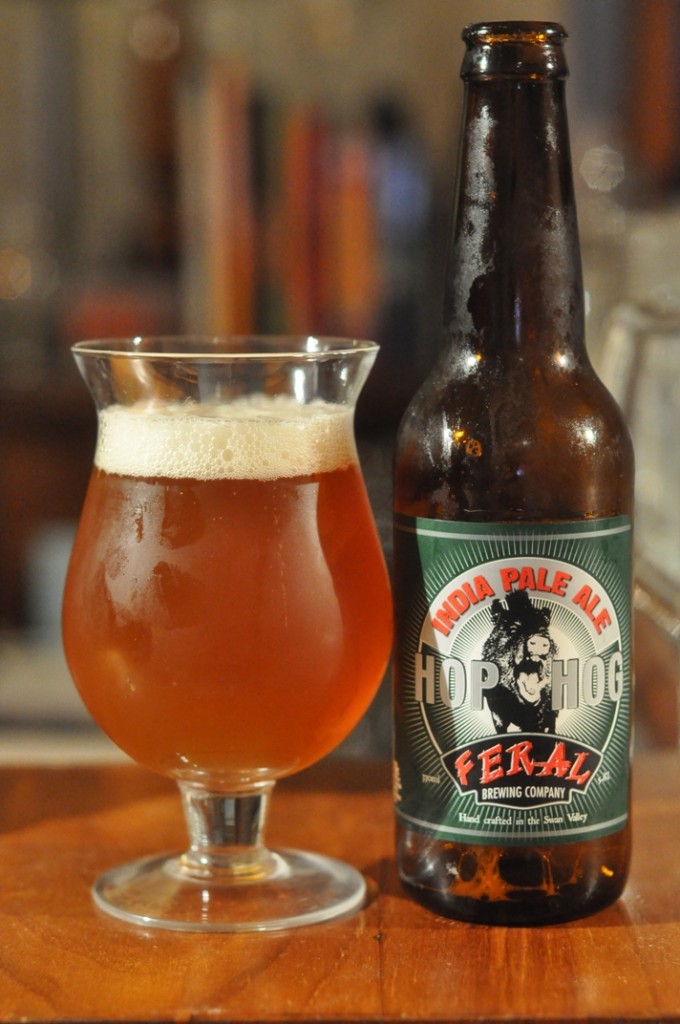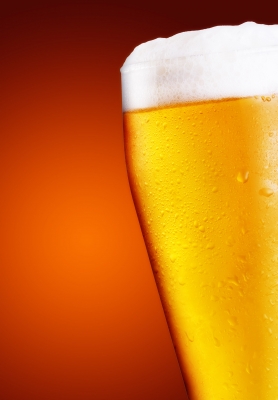We teamed up with our friends at The Wine & Meat Co to bring you some riveting fun wine facts. Pay close attention, as some of these may help a gentleman impress a lady on a dinner date!
A little history of wine
Wine is a drink which dates back to the time of Ancient Greeks and Romans, possibly even the Egyptians.
During Roman times, many folk were often happily drunk. You see, back then, nobody really understood any health implications of drinking mass amounts of alcohol, and nobody drove cars either. This really must’ve been the golden age of wine.
Given the amount of wine the Romans drunk, it’s amazing they built so many straight roads!
In modern times wine is enjoyed across a multitude of different cultures in almost every corner of the globe. It continues to revel in unwavering popularity, with new varieties springing up regularly.
Needless to say, even though wine is made from simple ingredients, it has a complexity about it which contributes to it’s charm, rendering it a timeless tipple.
The Wine & Meat Co.’s top wine facts:
Let’s get to it 🍷
Below are the Wine & Meat Co.’s top wine facts. These will certainly make drinking wine much more fun, not to mention act as great conversation starters at your next occasion, work gathering, or hot date!
In fact, why not pour yourself a glass of your favourite red or white, and enjoy these fun facts!
Wine is a good source of antioxidants and anticarcinogens!
Wine, particularly red wine, contains a percentage of antioxidants and cancer-fighting properties as well. You can therefore consider it an anticarcinogenic drink, and a drink that fights cancer sounds very beneficial to me!
Let’s dig in a little deeper to this fact.
One component of wine is polyphenol. According to Matt at the Wine & Meat Co, research into polyphenol has shown it to have antioxidant and antimutagen effects, as well as being a chelator of catalytic metals and free radical scavengers. That’s a bit over our heads as beer drinkers, but note these are all good things.
You won’t find polyphenol in spirits, but you will find a small percentage in beers and whisky. You’ll find them in white wine, but mostly in red wine.
Another component of red wine is resveratrol, which comes from the skin of grapes. According to the Mayo Clinic, resveratrol is good for your heart and can prevent blood clots. Not only that, but resveratrol may have beneficial effects as an anti-inflammatory, and helping tackle diseases such as neurodegenerative disease, cardiovascular, metabolic, and other age-related diseases.
But let’s take a little step back, as these benefits don’t mean wine is 100% health for you, or you should be drinking a bottle of the stuff every morning before work. No, what this means is as wine can be beneficial in moderation, with 1 to 2 glasses being a sensible amount.
Wine was an accident!
As wine dates back an incredible 6,000 years or so, it’s easy to understand it was discovered by accident. Perhaps from divine intervention?
There’s even research and studies to suggest wine was invented by accident, as was also the case with tea.
Once discovered, combined with the obvious fact they liked what they’d discovered, the art of wine became a dedicated and devoted study. This has led us to the wines we know and love today.
The Egyptians are most notably credited with discovering wine, but as we have little information from this era it is more commonly attributed to the Romans. It was these guys who spread the knowledge of wine across Europe and beyond.
Wine ‘Tasting’ is actually smelling!
As any wine aficionado knows, the process of wine tasting is actually smelling. Our guess is they coined the term “wine tasting” while heavily under the influence, possibly while rolling around the wine cellar floor giggling, but the term stuck.
Wine “tasting” is therefore, in a sense, confusing. But if you’re serious about the subject, this comes from Wine Tasting 101 Key Facts!
As smell is the most vital sense where wine tasting is concerned, it’s important to train your nose before your palate. This isn’t as easy as it sounds, so it’s worth enlisting a wine tasting expert to show (or sniff?) you how it’s done.
Let the colours be your guide!
Did you know the hue of a wine is excellent for determining the sort of climate it hails from?
Wine’s come in a variety of colours. The wine name itself which is usually indicative of the region where the wine is produced, and of course whether it’s red or white, but there’s a lot more to it than that.
Matt from the Wine & Meat Co describes in posh tones, “the darker, heavier reds or whites with deep yellow tinges are dead giveaways of a warm climate, whilst the lighter, crisper shades suggest a wine has come from a cool climate”. Matt’s a guy who really knows how to impress the ladies!
So when choosing a white wine or red wine, this is a handy little trick to help you along the way.
Different types of wine
You may be surprised how many different types of wine there are. It’s not just red, white, rosé, and sparkling, there are many more sub-categories.
In fact, there’s so many types of wine here’s a diagram:

So there you have it, the Wine & Meat Co.’s fun wine facts! If you have any more facts, tips, or interesting wine-related nuggets, make sure you say so in the comments 👇





Leave a Reply